Infinite recyclability
Steel food cans can be recycled over and over and over again with no downgrading of material, which is why over 75% of all steel ever produced is still in use today.
Less material waste and less food waste — those are pretty big and meaningful things. There’s no question about it: Steel food cans are pretty amazing (if we do say so ourselves). After all, steel cans are part of our heritage. Part of our childhood memories. Part of our family traditions. And most importantly, part of a sustainable future. That’s something we can all feel good about. We certainly do.

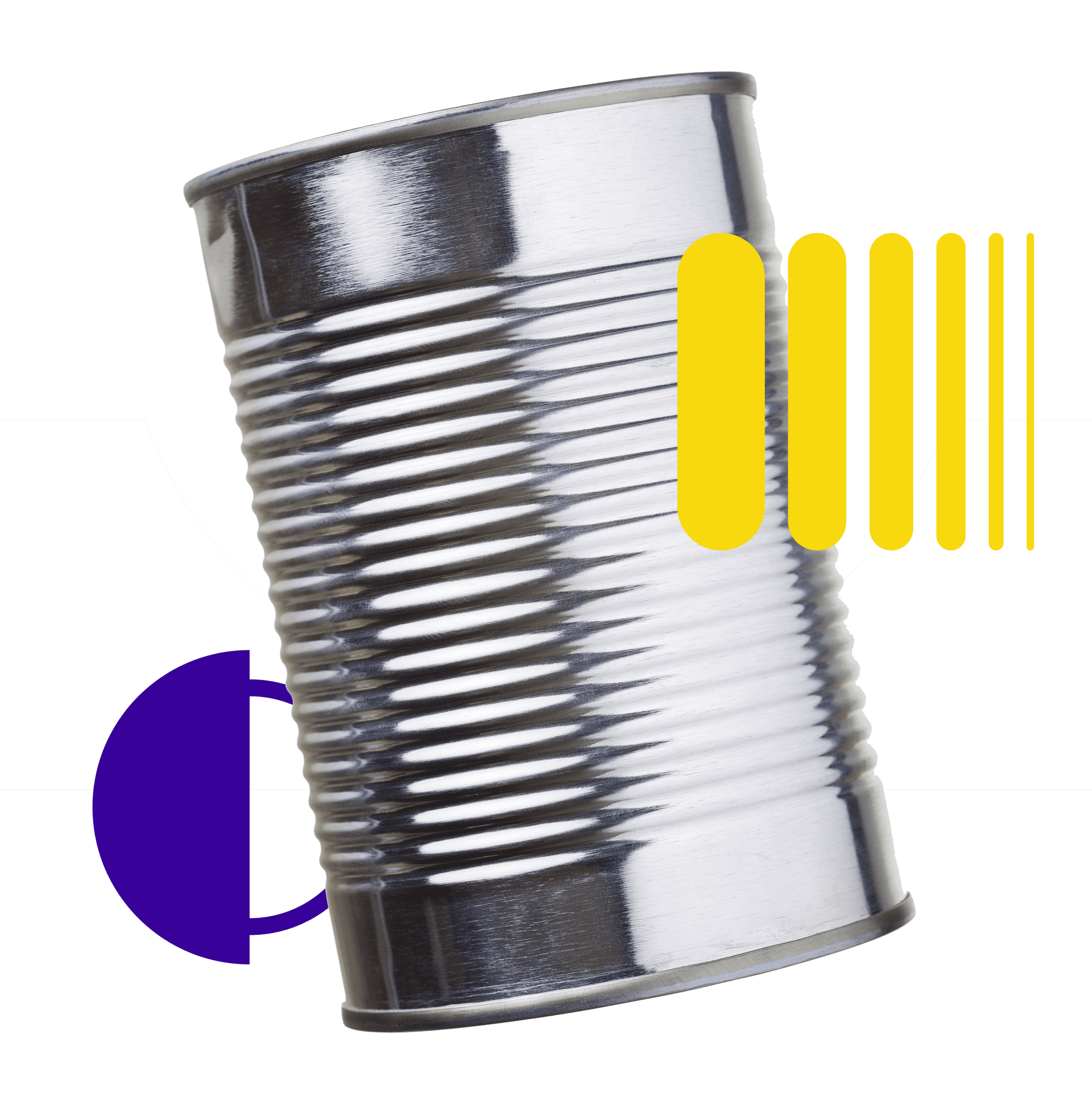
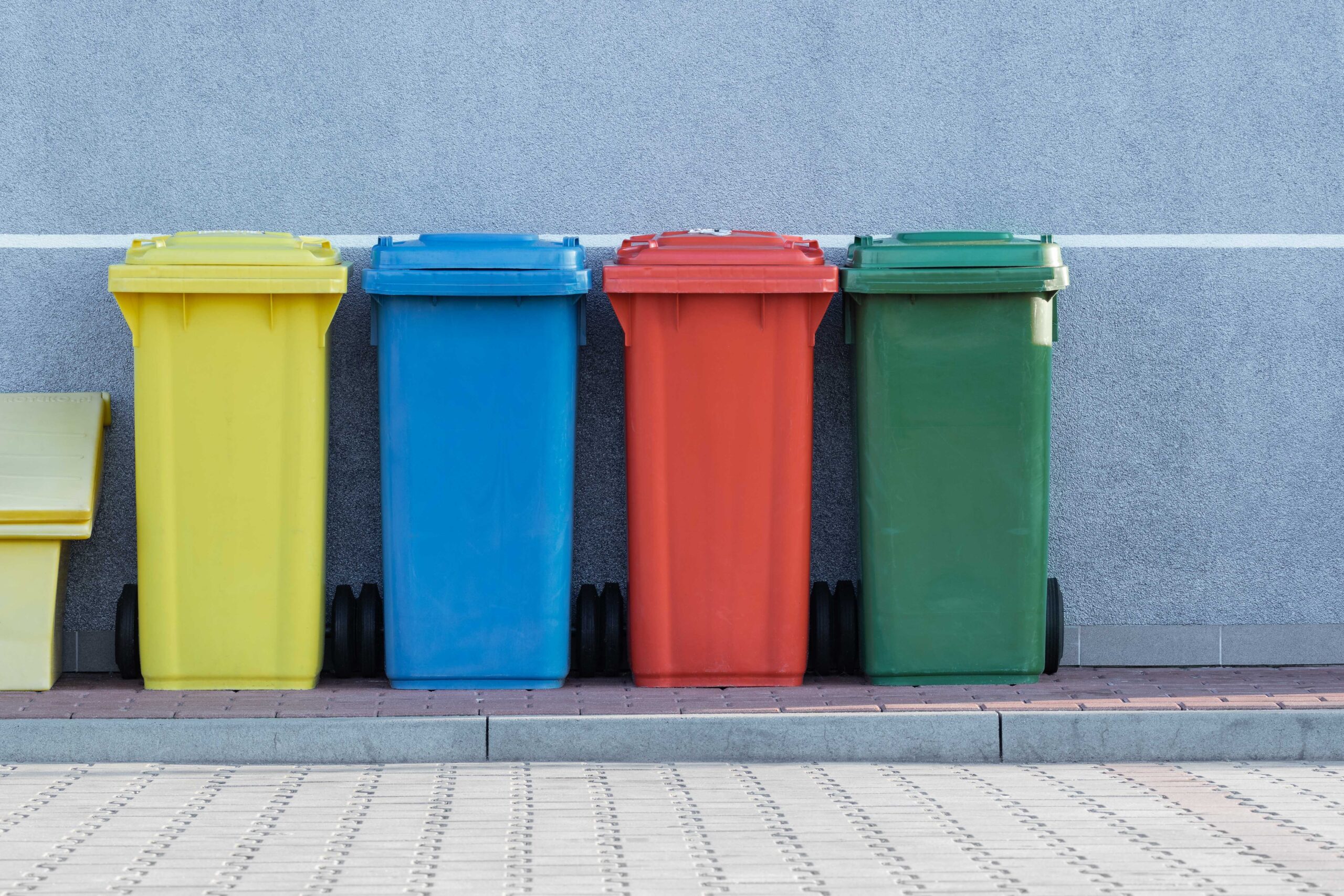
Steel food cans can be recycled over and over and over again with no downgrading of material, which is why over 75% of all steel ever produced is still in use today.
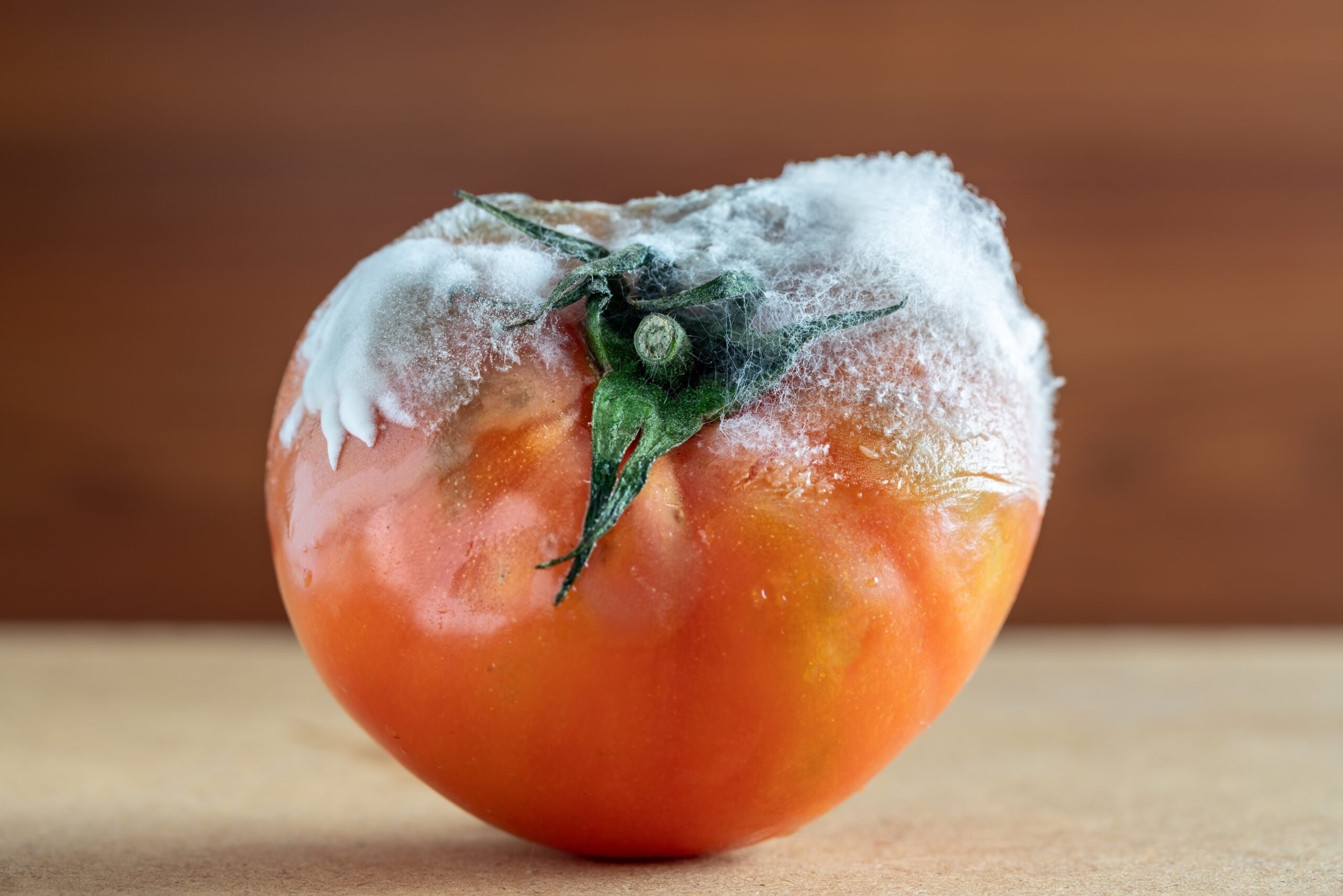
Having built-in portion control and helping fresh food stay fresh for a long time, steel cans reduce the amount of food that gets thrown out due to wilting and spoilage.
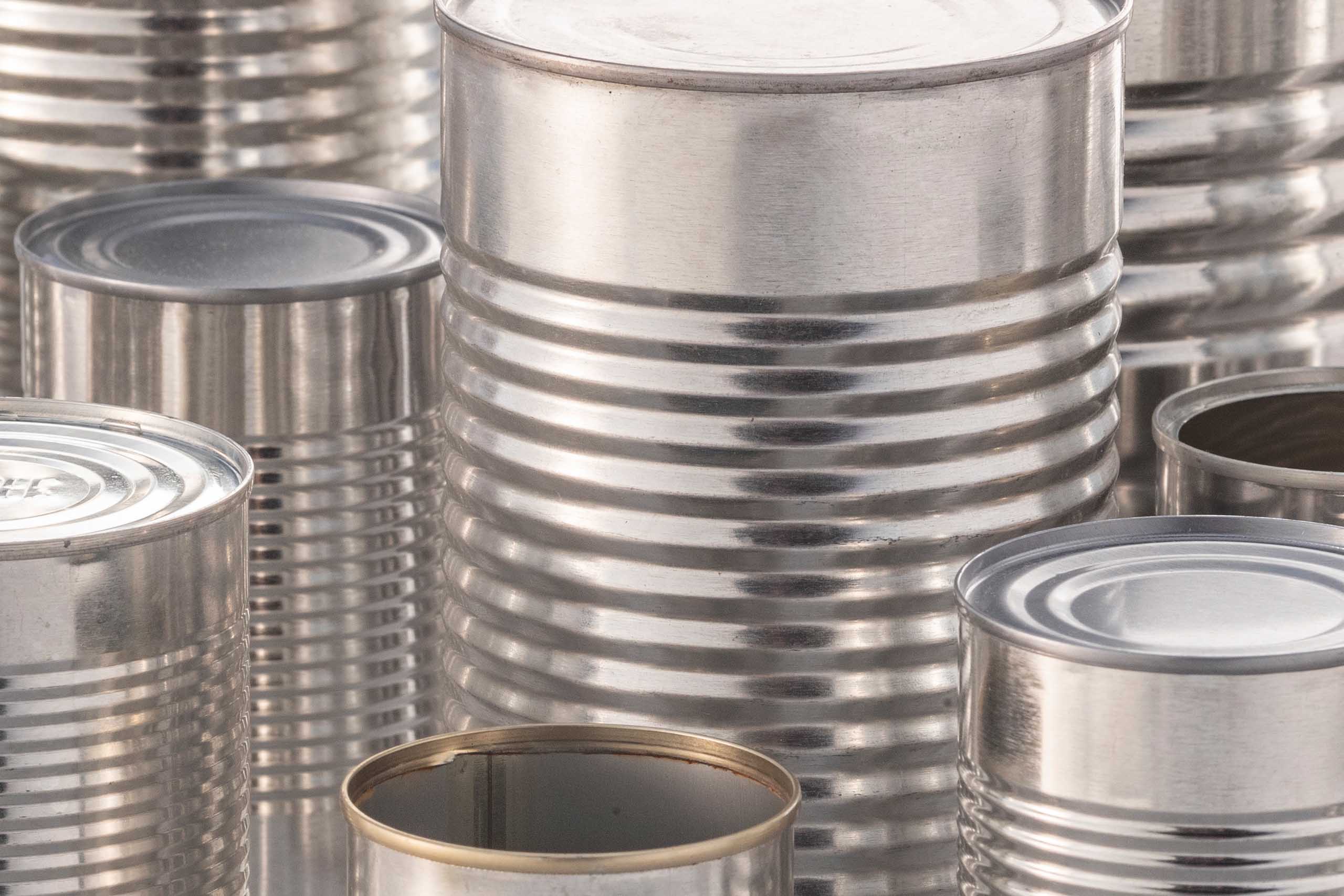
At 58%, steel food cans have the highest recycling rate of any food packaging. Most other materials can only be recycled a few times — if at all — before losing quality and being sent to a landfill.
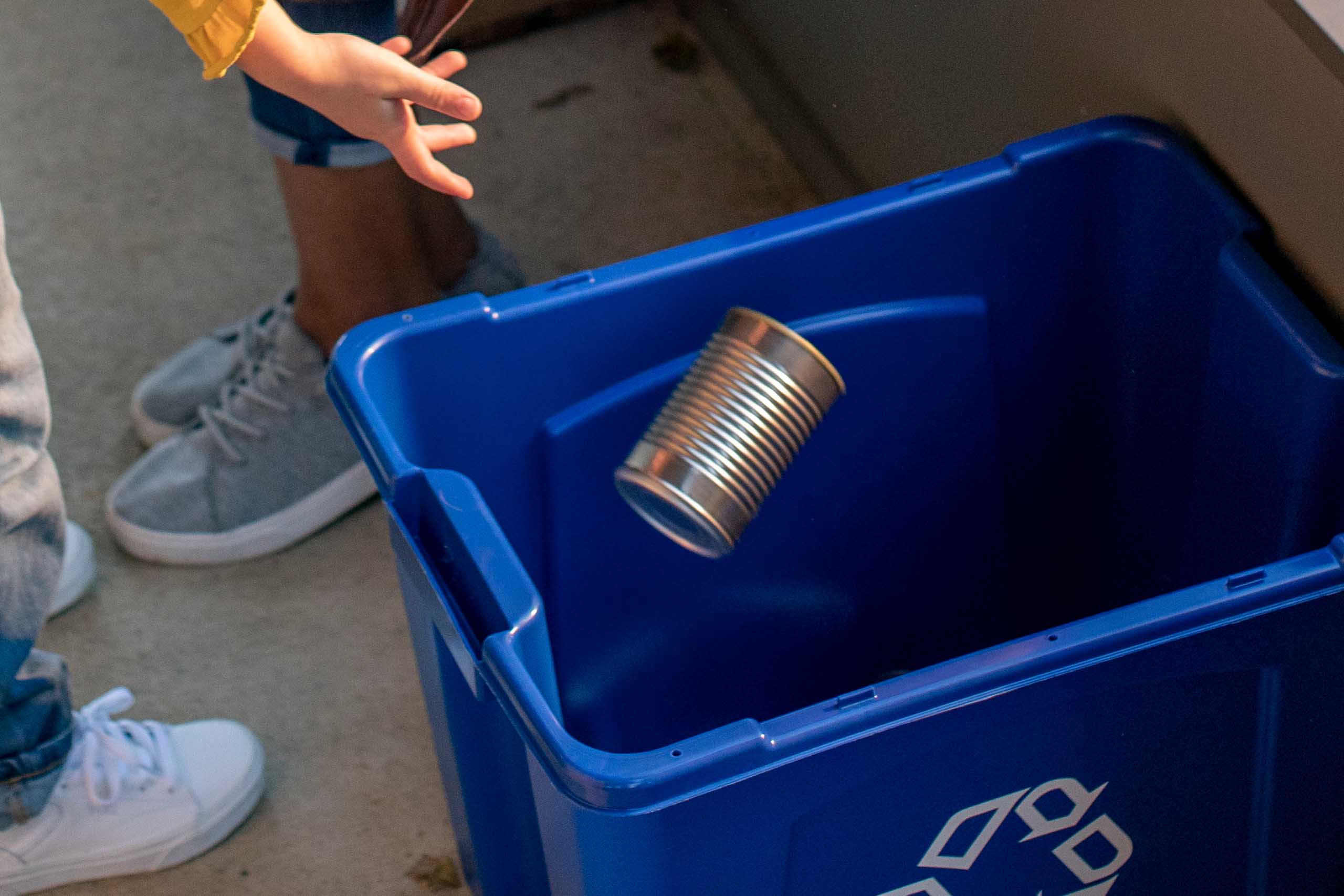
Unlike non-magnetic materials, steel can be easily sorted (pulled out) by big mega-magnets at recycling facilities, which is one reason why so much steel actually gets recycled.

Storing canned food requires no refrigeration, which further reduces its impact on the planet as well as its impact on your energy bill.
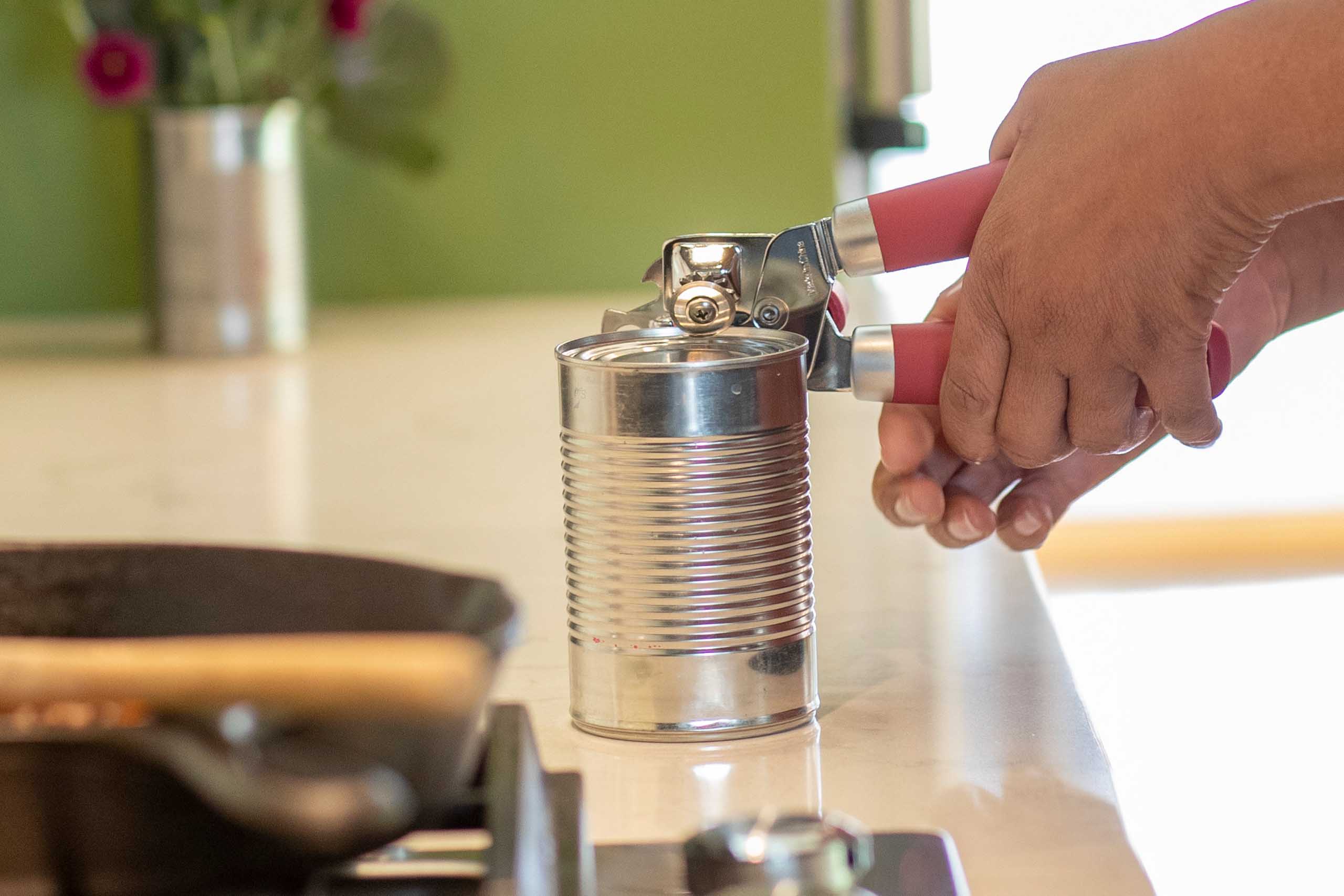
Due to their size, cans have built-in portion control. And as an added benefit, many recipes actually call for can-sized quantities.
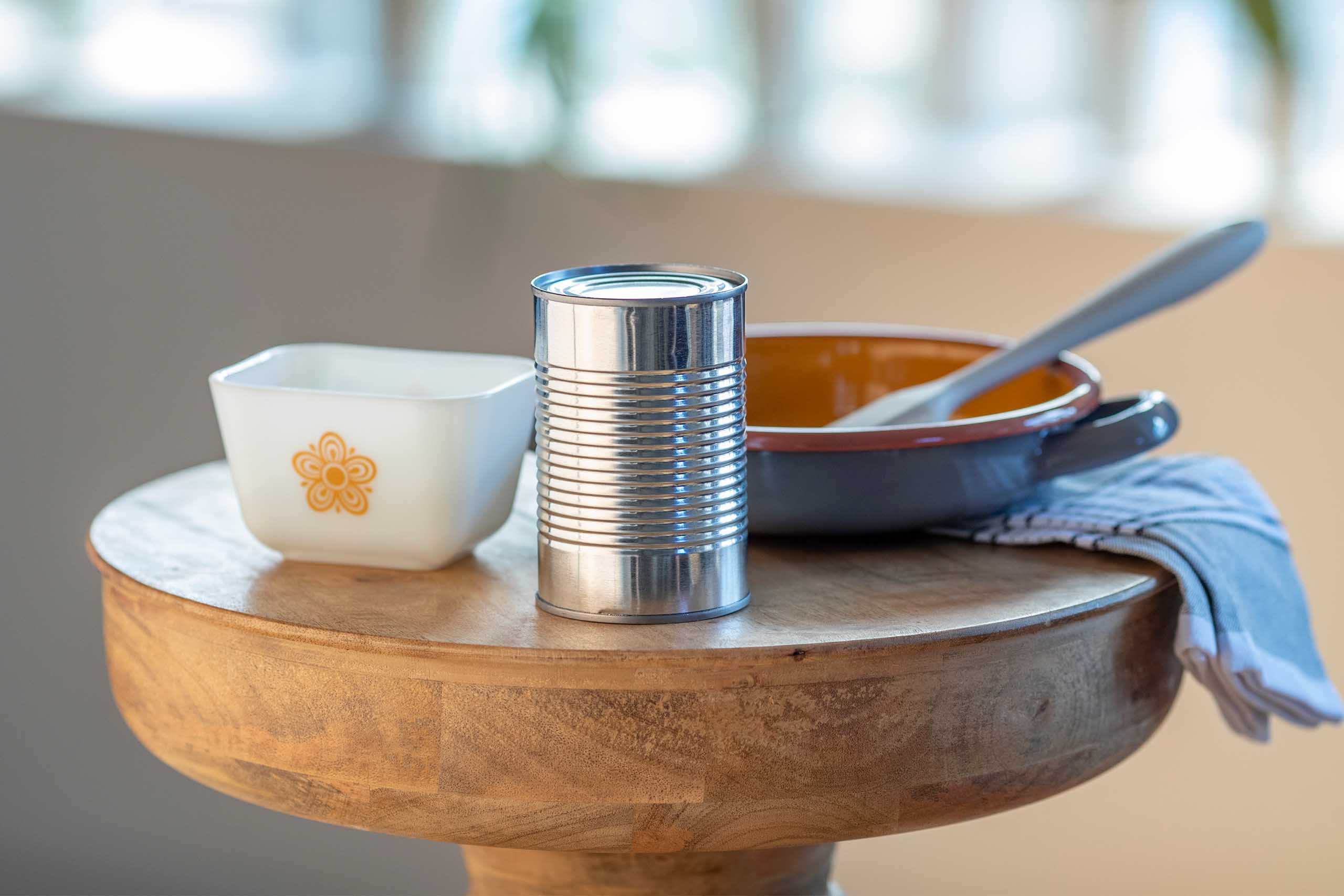
Canned food is packed at the perfect level of freshness and ripeness so it’s just right when you open the can.

Without getting too “science class” here, the vacuum seal of a metal can removes air, locking in freshness and maintaining quality for at least two years!
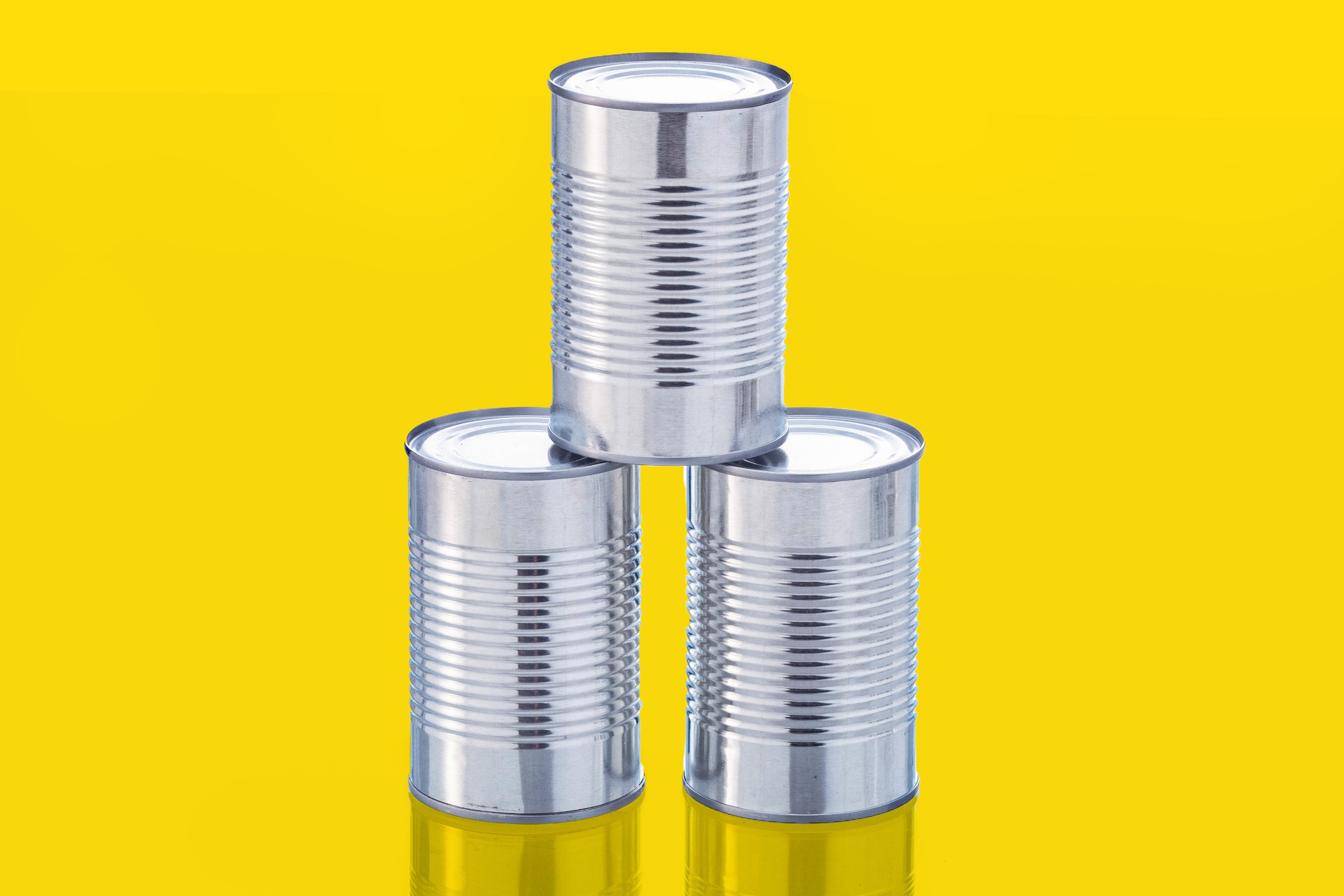
Steel cans are made of, well, steel. And steel is about as durable and safe as packaging gets.